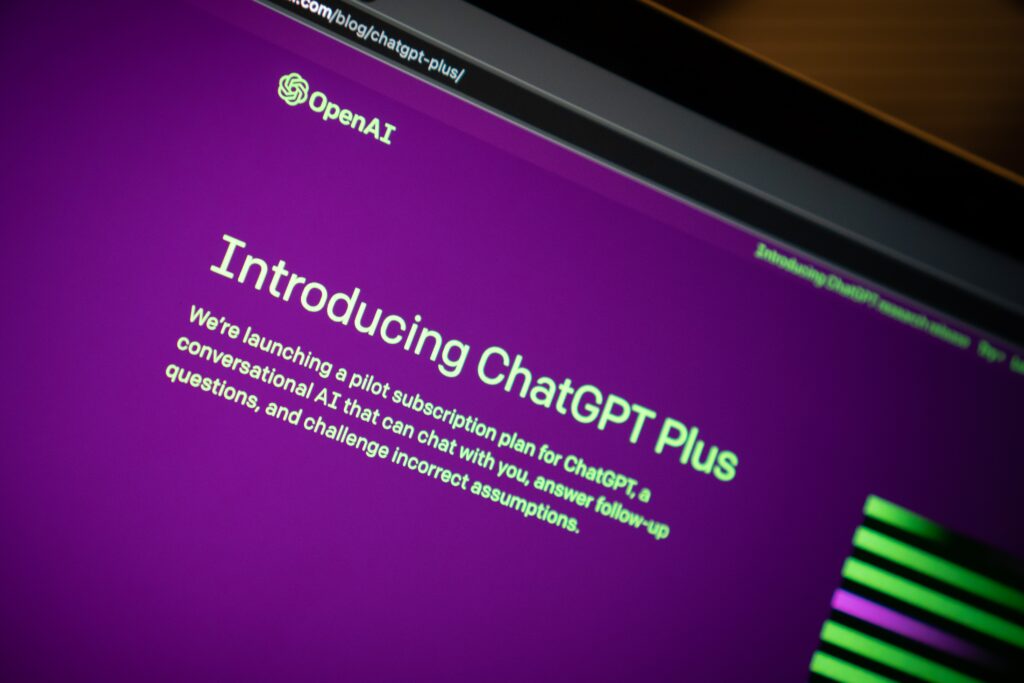
In this blog post, I will create an interactive website using only ChatGPT 3.5 and explore its strengths and limitations. The entire process will rely on ChatGPT without any modifications from me.
The website will be built on React.js, as it is one of the most renowned web frameworks and provides a robust platform for testing ChatGPT’s capabilities.
Request 1:
Creating an interactive website using React.js with an installation guide. The outline includes ensuring the webpage tracks the mouse and draws a line on the window.
Responses:


Unfortunately, after copying ChatGPT’s response exactly, I encountered an error while building the website.

After numerous attempts based on ChatGPT conversations, I was able to create a website without errors. However, it only partially meets my intentions. Instead of drawing a line while tracking the mouse, it only displays the coordinates of the mouse pointer position.

The Power of ChatGPT:
1. Natural Language Understanding:
ChatGPT showcases an impressive grasp of natural language, making it adept at understanding and generating contextually relevant responses. This capability is particularly valuable in tasks requiring human-like interaction and communication.
2. Content Creation:
One of ChatGPT’s standout features is its ability to assist in content creation. From generating blog posts to crafting marketing copy, ChatGPT can provide valuable insights and even serve as a creative co-author, enhancing productivity for writers and content creators.
3. Coding Assistance:
For developers, ChatGPT is a boon when it comes to coding assistance. It can generate code snippets, debug errors, and explain complex programming concepts, streamlining the development process.
Limitations of ChatGPT:
1. Lack of Real-world Understanding:
While ChatGPT excels in processing and generating text based on patterns learned during training, it lacks true real-world understanding. It may generate plausible-sounding responses without a deep understanding of the context or the ability to apply common sense.
2. Sensitivity to Input Phrasing:
ChatGPT’s responses can be sensitive to slight changes in input phrasing. Small tweaks in the wording of a prompt may yield significantly different results, highlighting the model’s sensitivity to input variations.
3. Inability to Generate Factual Information:
ChatGPT may not always provide accurate or up-to-date information, as its responses are based on patterns learned from pre-existing data. It is crucial to verify information generated by ChatGPT for factual accuracy.
4. Difficulty in Long-term Context Retention:
The model may struggle with retaining context over extended interactions. This limitation can result in responses that appear coherent in isolation but may lack a deeper understanding of the overall conversation history.
Striking a Balance:
As we explore the capabilities and limitations of ChatGPT, it’s essential to approach its usage with a balanced perspective. Leveraging its strengths while being mindful of its constraints can unlock its full potential.
Conclusion:
ChatGPT represents a significant leap forward in natural language processing, offering a range of applications that benefit various fields. While celebrating its capabilities, it’s crucial to acknowledge its limitations and use the model judiciously. As technology continues to advance, understanding both the strengths and weaknesses of tools like ChatGPT is key to harnessing their power responsibly and effectively.
Leave a Reply
You must be logged in to post a comment.